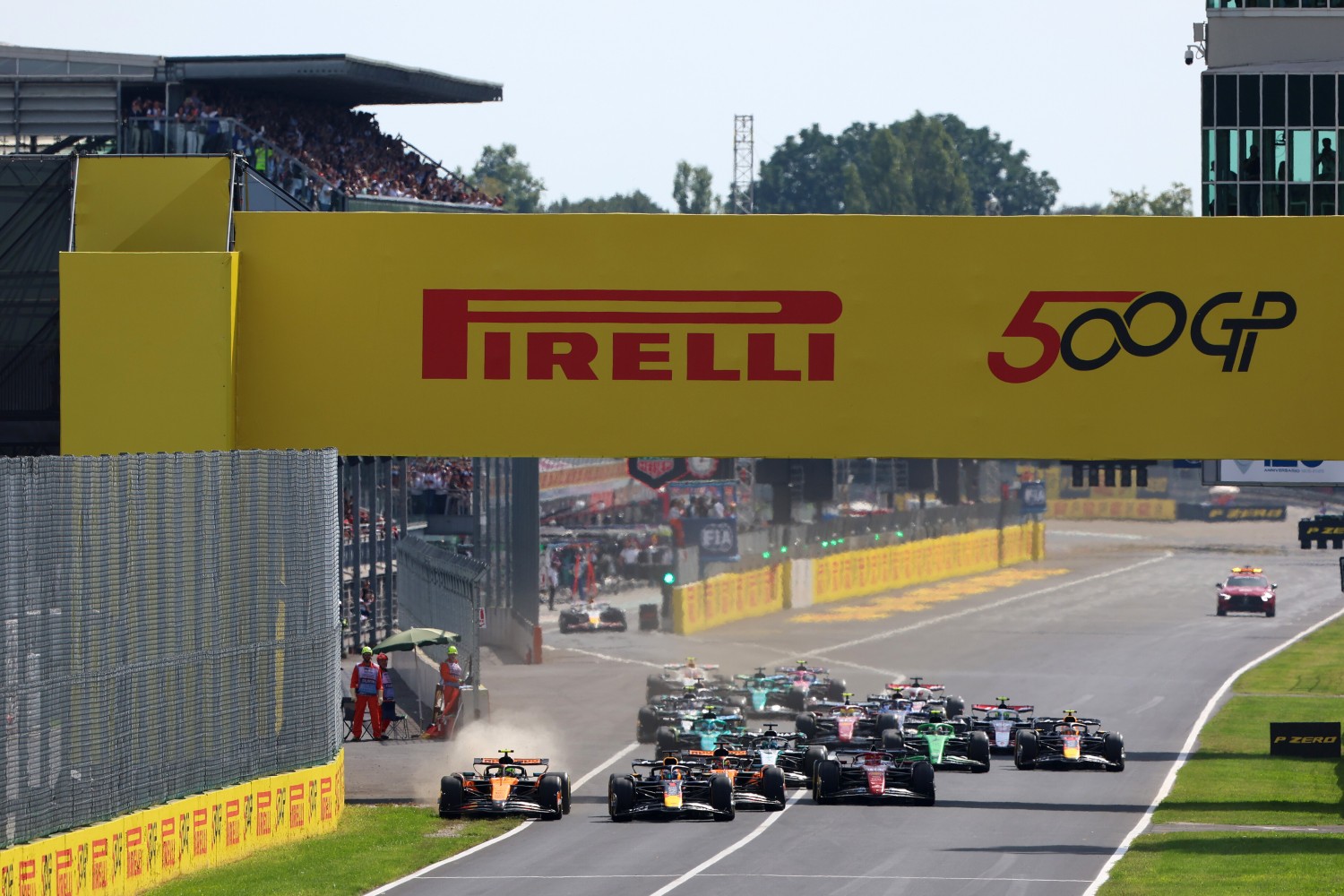TV News: F1 Drive-To-Survive on Netflix and full race weekends on Apple TV to compliment each other
For millions of American fans, Netflix’s Drive to Survive served as the electrifying gateway to Formula 1 when it launched in 2019, turning casual viewers into die-hard enthusiasts. This year, the momentum roared even louder with Apple’s F1: The Movie, the high-octane Brad Pitt starrer that sped past $629 million at the global box office.
With that surge in mind, F1 faced a high-stakes pivot as its eight-year partnership with ESPN nears its finish line at the end of 2025. The series held deep dives with heavyweights Netflix and Apple TV+, weighing how to keep the pedal down on U.S. growth.
In the end, Apple crossed the checkered flag. “Netflix wanted to explore a few options, but we felt it wasn’t quite right,” Ian Holmes, F1’s director of media rights and content creation, shared with Variety during the Austin Grand Prix. As an executive producer on Drive to Survive, Holmes knows Netflix intimately—but the fit just didn’t align.
The Pit Stop on Split Rights: Why F1 Stuck to a Full-Season Package
Netflix, fresh off its event-heavy programming push, floated ideas tailored to the U.S. market’s love for fragmented deals. Think carving up the calendar: half the season here, sprint races there. But with F1’s compact slate of just 24 races annually—dwarfed by the NBA’s 1,200 regular-season games or MLB’s 2,430—such splits felt like overkill.
“A lot of the conversations with U.S. media steered toward creating packages, which is way more common here than anywhere else,” Holmes explained. “We looked at splitting the first half of the season from the second, or carving out the sprint races. We went through the whole gambit, keeping an open mind about what’s best for the sport.”
Ultimately, F1 leaned toward a unified approach. “Because we don’t have thousands of hours of content, we broadly thought that a strong contender wanting everything might be better,” he added. “There are pros and cons to both, so the discussions got pretty complex—different with each partner.”
Symbiotic Speed: Netflix Stays in the Paddock
Don’t count Netflix out just yet. The bond remains rock-solid, Holmes assured. When sealing the Apple deal, he recalled Apple senior VP of services Eddy Cue being quizzed on Drive to Survive. Cue’s response? Pure synergy: “It’s great—I love Drive to Survive. That brings in fans, and we all benefit. The more they do, the more we benefit.”
Apple TV Takes the Pole: A $750 Million Power Move
Starting in 2026, Apple TV will beam every F1 race—previously ESPN exclusives—straight to subscribers for $12.99 a month, locking in a five-year pact through 2031. Holmes acknowledged the grumbles: “There’s a reason some races next year will be in front of the paywall,” he said, nodding to fan pushback on yet another subscription hurdle.
What tipped the scales? Apple’s ecosystem is a turbocharger. From Apple News and Fitness to Maps and Music, F1 sees endless crossover potential—think race highlights in your workout app or navigation pings to the nearest viewing party. And yes, expect F1 flair popping up in physical Apple Stores, turning retail therapy into race-day hype.
The deal clocks in at a hefty $150 million annually, totaling around $750 million over its run. It’s a bet on seamless integration over fragmented feeds, positioning F1 for a streamlined sprint into America’s living rooms.
With engines firing across devices and alliances revving stronger than ever, F1’s U.S. conquest is just hitting top gear. Buckle up—the show’s only getting faster.
